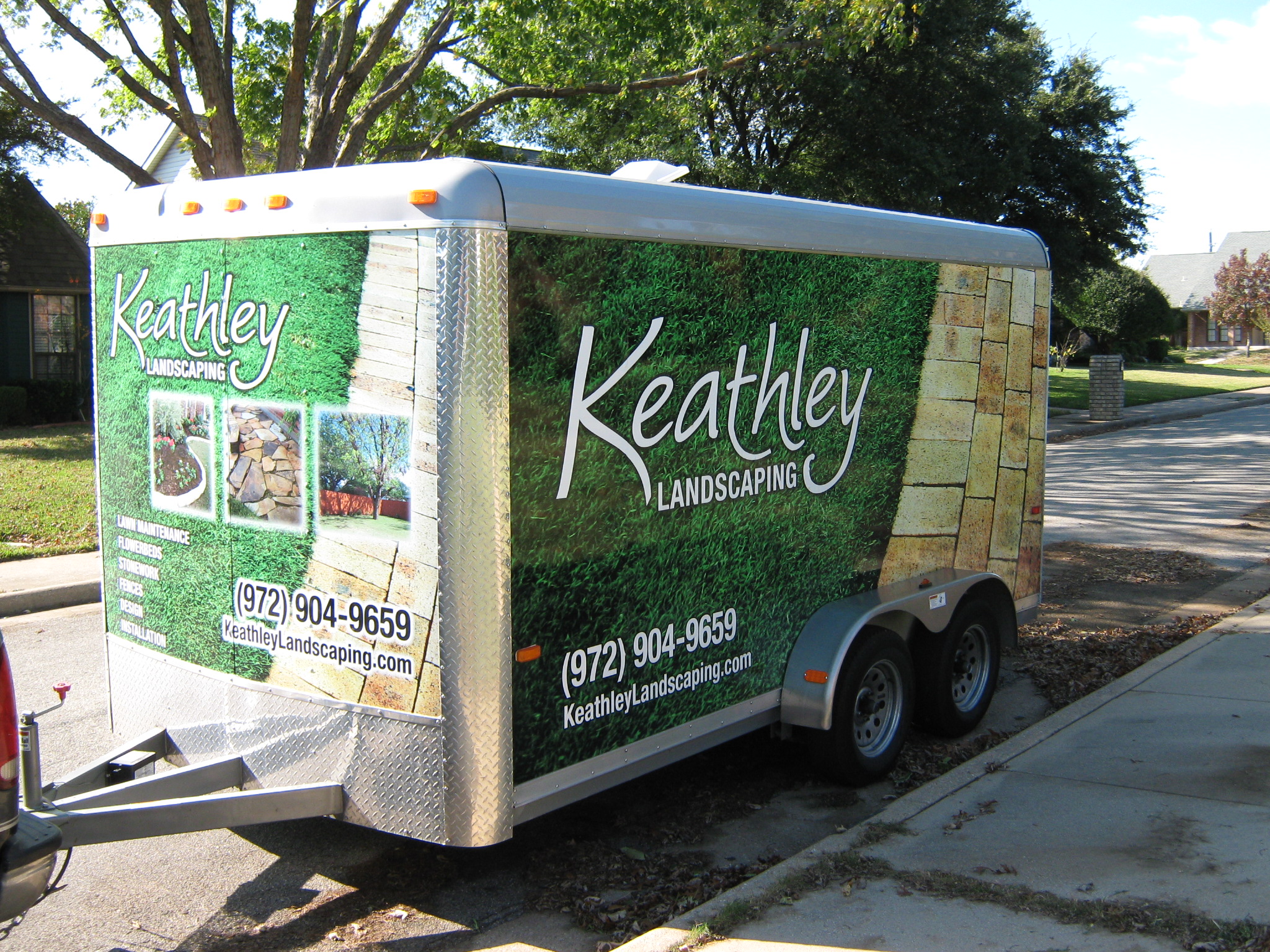Sod Installation: Techniques for Minimizing Environmental Impact
Ever considered laying down sod for that lush, green lawn you’ve always dreamed of? 🌿 While it’s a fantastic way to achieve instant greenery, it’s important to implement eco-friendly practices to ensure we’re not harming the environment in the process. In this blog post, we’ll explore various techniques for minimizing the environmental impact of sod installation. Let’s dive in!
Table of Contents
1. Understanding Sod and Its Environmental Impact
2. Choosing the Right Type of Sod
3. Preparing Your Soil with Care
4. Eco-Friendly Installation Techniques
5. Post-Installation Practices
6. Conclusion
7. FAQs
Understanding Sod and Its Environmental Impact 🌎
Sod, often referred to as turf, is a layer of grass and soil held together by roots or other materials. While sod offers an instant lawn, its production and installation can have environmental consequences, such as water usage, chemical runoff, and soil degradation. By being mindful of these factors, you can help reduce your lawn’s overall footprint.
Choosing the Right Type of Sod 🌱
Not all sod is created equal. Selecting the right type of sod is crucial for minimizing environmental impact:
1. Native Species: Opt for native grass species that are adapted to your local climate. They require less water and fewer chemical inputs.
2. Drought-Resistant Varieties: Choose sod that is known for its drought tolerance. This reduces the need for excessive watering, conserving a precious resource.
Preparing Your Soil with Care 🪴
Before laying sod, proper soil preparation is essential:
1. Test Your Soil: Conduct a soil test to understand its nutrient levels and pH balance. This allows you to add only necessary amendments, reducing chemical use.
2. Use Organic Matter: Incorporate compost or other organic matter to improve soil health and structure, promoting better root growth and reducing the need for fertilizers.
Eco-Friendly Installation Techniques 🌍
When it comes to laying your sod, consider these green techniques:
1. Plan the Layout: Measure and plan the layout carefully to minimize waste. Use pieces efficiently to cover your space without excess trimming.
2. Lay Sod Tightly: Ensure sod pieces are laid tightly together to prevent weed growth and soil erosion, reducing the need for herbicides.
3. Water Wisely: Water your new sod early in the morning or late in the evening to minimize evaporation and conserve water.
Post-Installation Practices 🌾
After the sod is installed, ongoing maintenance is key to sustainability:
1. Mow Wisely: Keep your grass at a healthy height and leave clippings on the lawn to decompose and return nutrients to the soil.
2. Fertilize Naturally: Use organic fertilizers to maintain soil health and reduce chemical runoff into waterways.
Conclusion
By choosing the right sod, preparing your soil responsibly, and employing eco-friendly installation and maintenance practices, you can enjoy a beautiful lawn while minimizing your environmental impact. It’s all about making conscious choices that benefit both your backyard and the planet. 🌿
FAQs
Q1: How often should I water my newly installed sod?
A: Initially, water daily for the first couple of weeks to keep the roots moist. Gradually reduce the frequency as the sod establishes.
Q2: Can I install sod myself, or should I hire a professional?
A: You can certainly install sod yourself if you’re comfortable with the process. However, hiring a professional can ensure it’s done correctly, especially for larger areas.
Q3: What is the best time of year to install sod?
A: The ideal time to install sod is during cooler months, such as early spring or fall, when temperatures are moderate and rainfall is more frequent.
Q4: How can I tell if my sod is healthy after installation?
A: Healthy sod should be green, with strong root growth. If it starts to yellow, it may be a sign of over-watering or nutrient deficiency.
By adopting these eco-friendly practices, you’re not just creating a beautiful lawn, but also contributing to a healthier environment. Happy gardening! 🌿







































Recent Comments